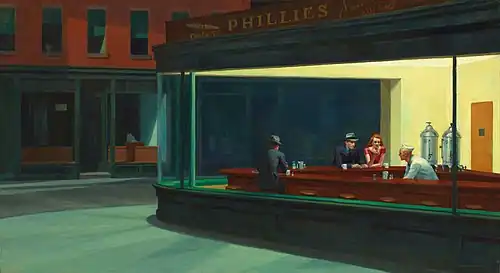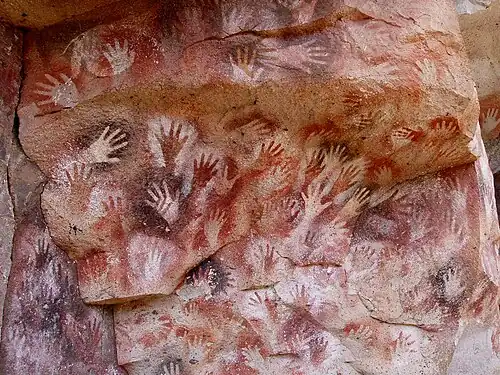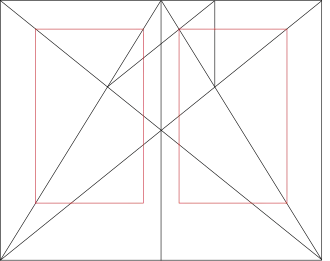Portal:Visual arts
Introduction

The visual arts are art forms such as painting, drawing, printmaking, sculpture, ceramics, photography, video, image, filmmaking, design, crafts, and architecture. Many artistic disciplines such as performing arts, conceptual art, and textile arts, also involve aspects of the visual arts, as well as arts of other types. Within the visual arts, the applied arts, such as industrial design, graphic design, fashion design, interior design, and decorative art are also included.
Current usage of the term "visual arts" includes fine art as well as applied or decorative arts and crafts, but this was not always the case. Before the Arts and Crafts Movement in Britain and elsewhere at the turn of the 20th century, the term 'artist' had for some centuries often been restricted to a person working in the fine arts (such as painting, sculpture, or printmaking) and not the decorative arts, crafts, or applied visual arts media. The distinction was emphasized by artists of the Arts and Crafts Movement, who valued vernacular art forms as much as high forms. Art schools made a distinction between the fine arts and the crafts, maintaining that a craftsperson could not be considered a practitioner of the arts.
The increasing tendency to privilege painting, and to a lesser degree sculpture, above other arts has been a feature of Western art as well as East Asian art. In both regions, painting has been seen as relying to the highest degree on the imagination of the artist and being the furthest removed from manual labour – in Chinese painting, the most highly valued styles were those of "scholar-painting", at least in theory practiced by gentleman amateurs. The Western hierarchy of genres reflected similar attitudes. (Full article...)
Selected article
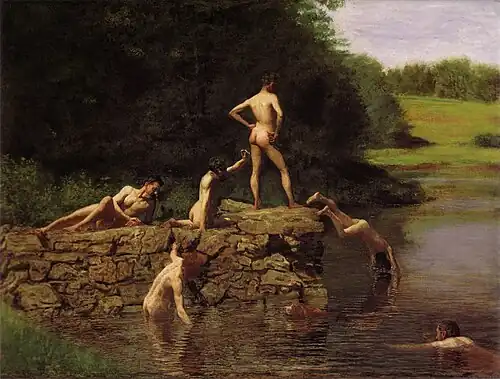
The Swimming Hole (also known as Swimming and The Old Swimming Hole) is an 1884–85 painting by the American artist Thomas Eakins (1844–1916), Goodrich catalog #190, in the collection of the Amon Carter Museum of American Art in Fort Worth, Texas. Executed in oil on canvas, it depicts six men swimming naked in a lake, and is considered a masterpiece of American painting. According to art historian Doreen Bolger it is "perhaps Eakins' most accomplished rendition of the nude figure", and has been called "the most finely designed of all his outdoor pictures". Since the Renaissance, the human body has been considered both the basis of artists' training and the most challenging subject to depict in art, and the nude was the centerpiece of Eakins' teaching program at the Pennsylvania Academy of the Fine Arts. For Eakins, this picture was an opportunity to display his mastery of the human form.
In this work, Eakins took advantage of an exception to the generally prudish Victorian attitude to nudity: swimming naked was widely accepted, and for males was seen as normal, even in public spaces. Eakins was the first American artist to portray one of the few occasions in 19th-century life when nudity was on display. The Swimming Hole develops themes raised in his earlier work, in particular his treatment of buttocks and his ambiguous treatment of the human form; in some cases it is uncertain as to whether the forms portrayed are male or female. Such themes had earlier been examined in his The Gross Clinic (1875) and William Rush (1877), and would continue to be explored in his paintings of boxers (Taking the Count, Salutat, and Between Rounds) and wrestlers (Wrestlers). (Full article...)
Selected picture
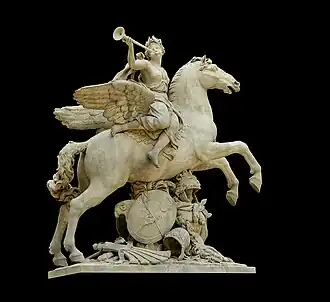
Selected quote
| “ | Pop art is the inedible raised to the unspeakable. | ” |
| — Leonard Baskin, Publishers Weekly (April 5, 1965) |
Related portals
Selected biography

Robert Peake the Elder (c. 1551–1619) was an English painter active in the later part of Elizabeth I's reign and for most of the reign of James I. In 1604, he was appointed picture maker to the heir to the throne, Prince Henry; and in 1607, serjeant-painter to King James I – a post he shared with John De Critz.
Peake was the only English-born painter of a group of four artists whose workshops were closely connected. The others were De Critz, Marcus Gheeraerts the Younger, and the miniature painter Isaac Oliver. Between 1590 and about 1625, they specialised in brilliantly coloured, full-length "costume pieces" that are unique to England at this time. It is not always possible to attribute authorship between Peake, De Critz, Gheeraerts and their assistants with certainty. (Full article...)
Did you know (auto generated) -

- ... that Mayu Sakai found drawing Peter Pan Syndrome difficult because of its fantasy elements?
- ... that Sarah Pickstone based her John Moores Prize–winning painting on an illustration that accompanied the poem "Not Waving but Drowning"?
- ... that the catalogue for Tanzania. Masterworks of African Sculpture highlighted traditional artworks such as a Sukuma mask?
- ... that to encourage the development of Bissau-Guinean cinema, one foreign filmmaker provided the country's film institute with cameras, lights, and a Steinbeck guitar?
- ... that the art of Irma Blank, of "drawing languages without words" and including sounds, was recognised in the 1970s but fell into obscurity until a rediscovery in the 2010s?
- ... that the author of Sugar Dog Life ended up buying and raising a cactus after drawing one in the manga?
- ... that Nickelodeon storyboard artists created a book with hundreds of pornographic drawings of SpongeBob SquarePants characters?
- ... that the documentary Lynch/Oz incorporates hundreds of film clips to illustrate the influence of The Wizard of Oz on the work of filmmaker David Lynch?
General images
Major topics
- Types of visual art – Architecture • Art intervention • Ceramic art • Computer art • Drawing • Fashion • Film • Installation art • Land art • Mixed media • Painting • Performance art • Photography • Printmaking • Sculpture • Stained glass; • Artists' Books
- Art history – Pre-historic art • Ancient art • Art of Ancient Egypt • Art in Ancient Greece • Minoan pottery • Scythian art • Roman art • Women artists
- Western art periods and movements – Medieval art • Gothic art • Renaissance • Mannerism • Baroque • Rococo • Neoclassicism • Romanticism • Realism • Modern Art • Impressionism • Symbolism • Fauvism • Proto-Cubism • Cubism • Futurism • Dada • Art Deco • Surrealism • Abstract Expressionism • Lyrical abstraction • Conceptual Art • Contemporary Art • Postmodern art visual arts.
- Eastern and Middle Eastern art – Buddhist art • Chinese art • Islamic art • Japanese art • Laotian art • Thai art • Tibetan art
- Lists – Architects • Art movements • Art periods • Painters • Printmakers • Sculptors • Statues
- Lists of basic topics – Visual arts • Architecture • Film • Painting • Photography • Sculpture
Subcategories

Architecture | Ceramic art | Comics | Crafts | Design | Drawing | Illustration | Film | Glass | Graphic design | Industrial design | Landscape architecture | Multimedia | Painting | Photography | Pottery | Printmaking | Public art | Sculpture | Typography | Mosaic
Artists | Visual arts awards | Artist collectives | Art collectors | Art critics | Art curators | Visual arts exhibitions | Art forgery | Art history | Visual arts materials | Art schools | Artistic techniques |
Art by country | Visual arts genres | Art movements | Women artists
WikiProjects
Things you can do
|
|
Here are some Open Tasks :
|
Associated Wikimedia
The following Wikimedia Foundation sister projects provide more on this subject:
-
Commons
Free media repository -
Wikibooks
Free textbooks and manuals -
Wikidata
Free knowledge base -
Wikinews
Free-content news -
Wikiquote
Collection of quotations -
Wikisource
Free-content library -
Wikiversity
Free learning tools -
Wiktionary
Dictionary and thesaurus
References
More portals
-
 List of all portals
List of all portals -

-

-

-
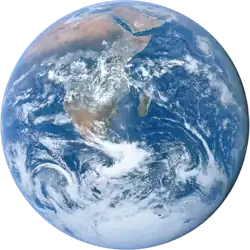
-

-
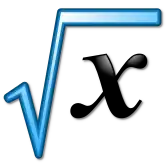
-

-

-

-
 Random portal
Random portal -
 WikiProject Portals
WikiProject Portals
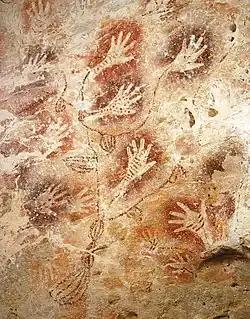

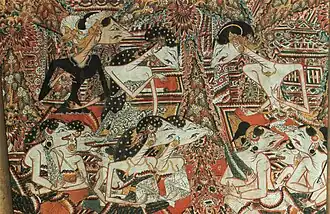
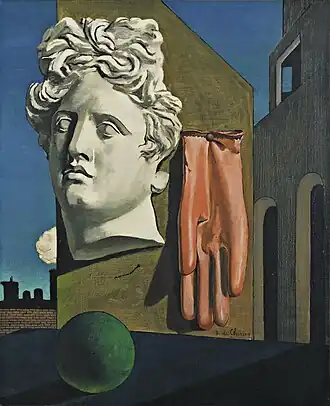
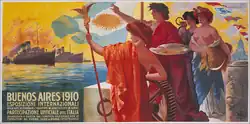
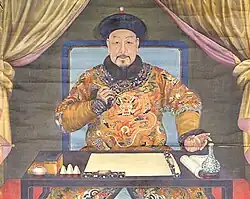
.jpg)
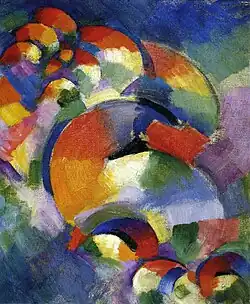
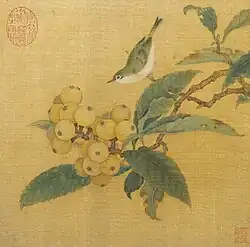
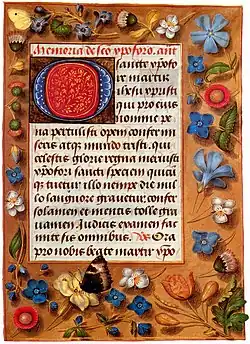
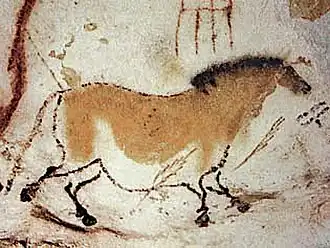
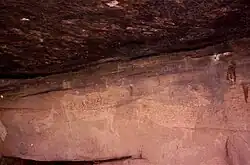
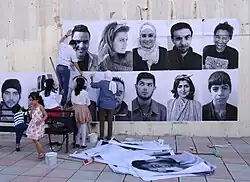
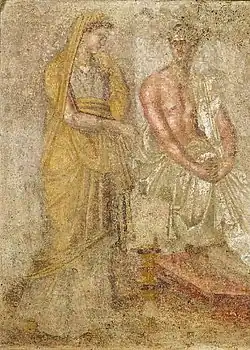
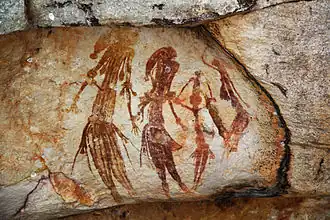
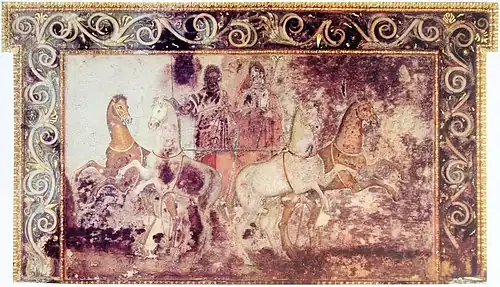
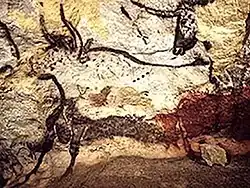
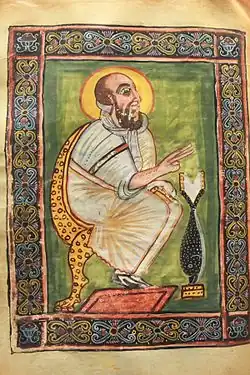
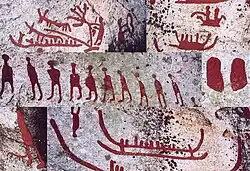

.jpg)
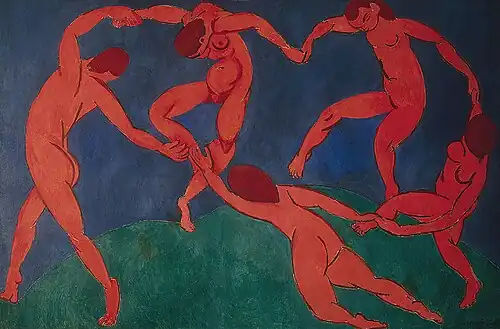
.jpg)

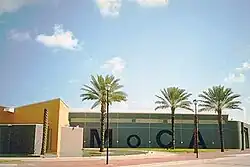

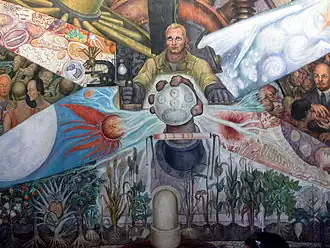
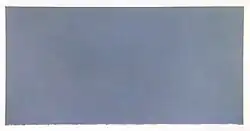
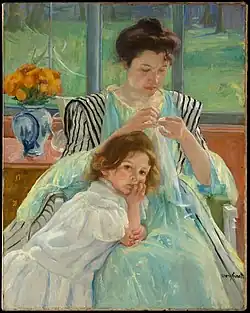

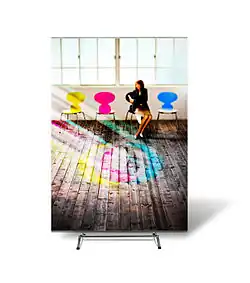
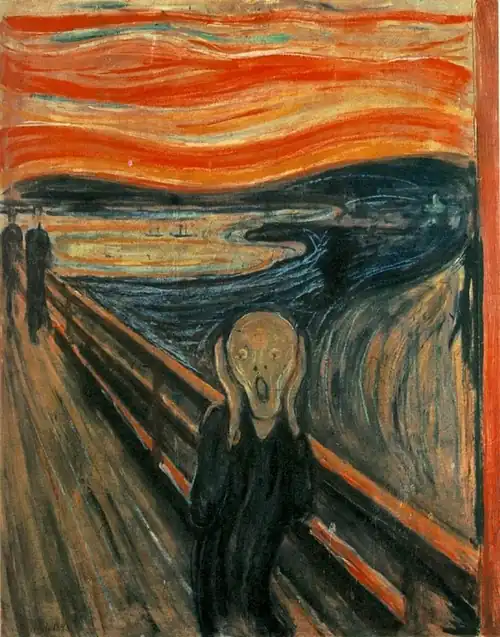
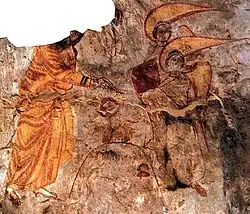

'_by_Barnett_Newman%252C_1968.jpg)
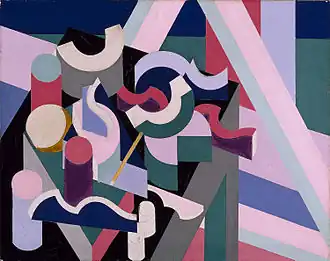
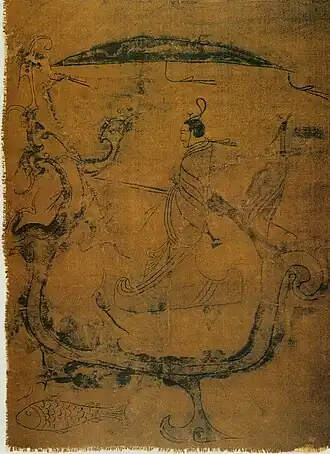

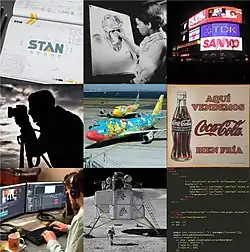
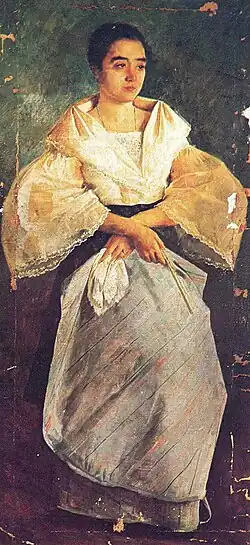

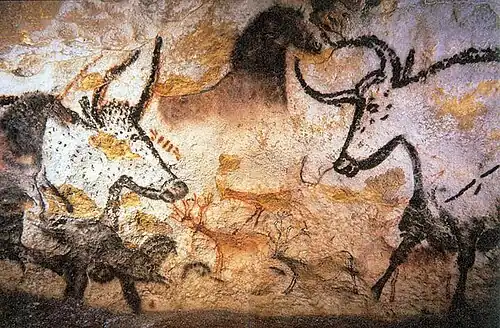
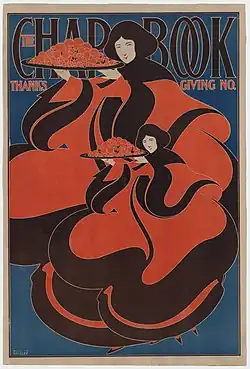
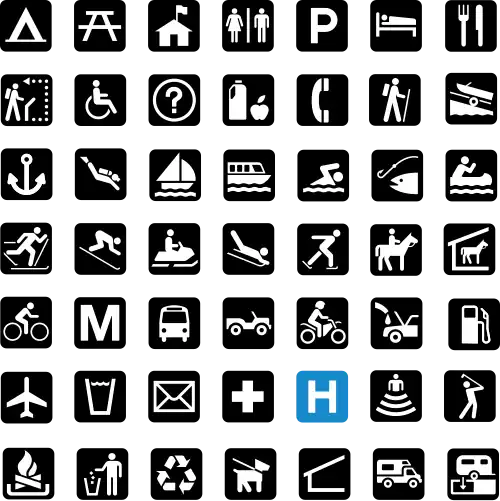
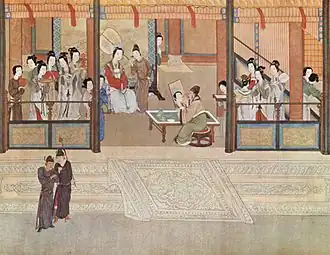
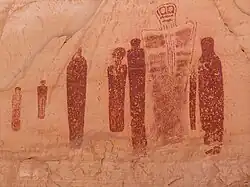

%252C_oil_on_canvas%252C_133_x_154_cm%252C_Kunstsammlung_Nordrhein-Westfalen%252C_D%C3%BCsseldorf.jpg)
